Healthy babies born in Britain after scientists used DNA from three people to avoid genetic disease
On Jul. 16, 2025, eight healthy babies were born in Britain with the help of an experimental technique…

On Jul. 16, 2025, eight healthy babies were born in Britain with the help of an experimental technique…
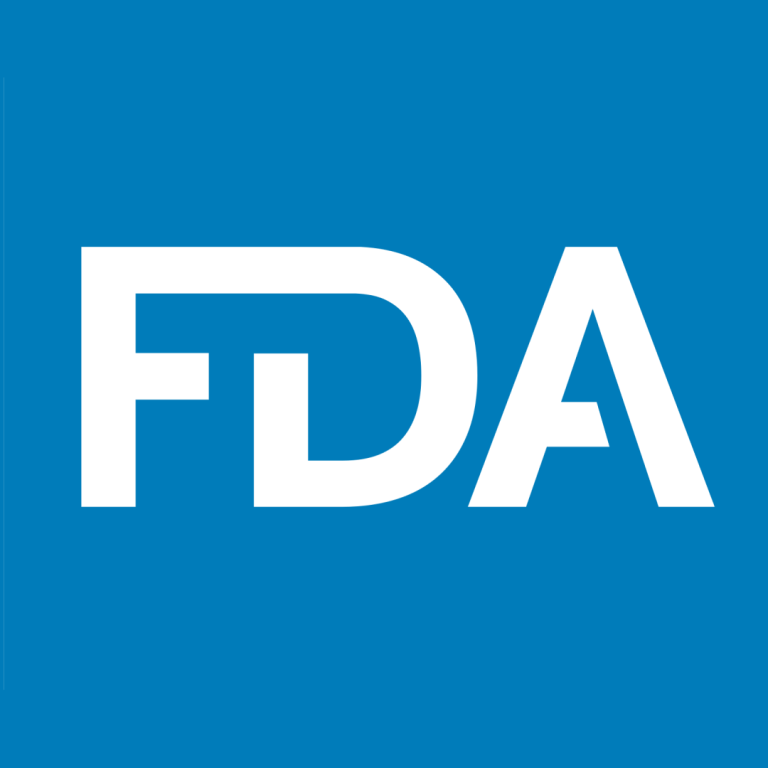
On Jul. 7, 2025, Celltrion announced that STOBOCLO® (denosumab-bmwo) and OSENVELT® (denosumab-bmwo), biosimilars referencing PROLIA® (denosumab) and XGEVA® (denosumab)…

On Jun. 25, 2025, Femasys announces Conformité Européene (CE) mark certification under European Union Medical Device Regulation of…

On Jun. 25, 2025, the National Institutes of Health (NIH) moved to reinstate about 900 grants that a…
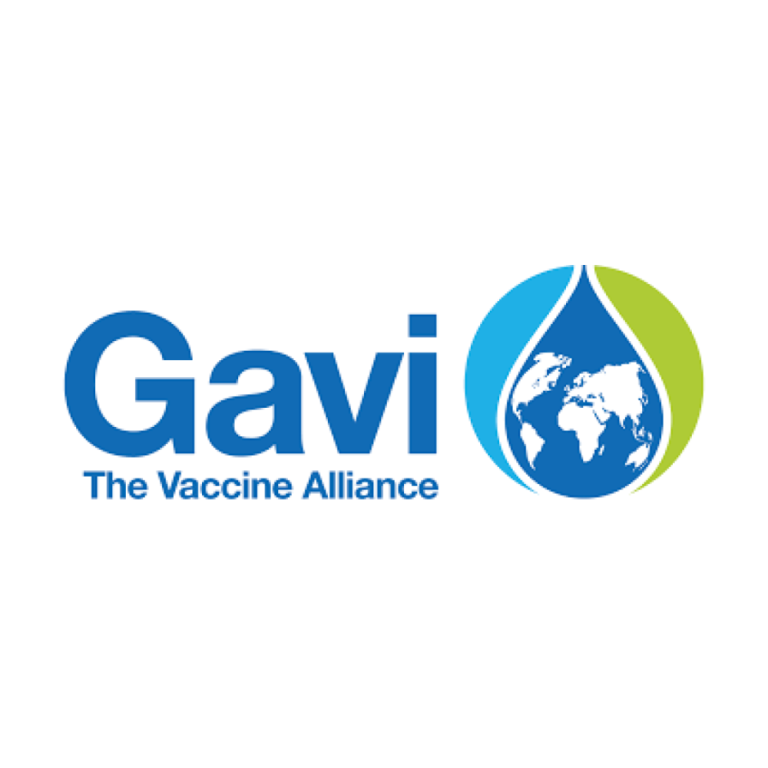
On Jun. 25, 2025, the U.S. will announced it will no longer contribute funding to Gavi, a global…

On Jun. 9, 2025, Health and Human Services Secretary Robert F. Kennedy Jr. has fired all 17 members…
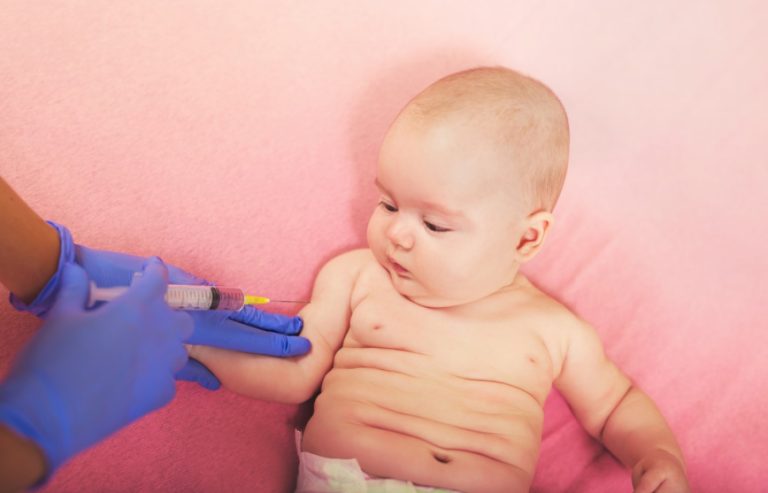
On Jun. 6, 2025, officials with the Kentucky Department for Public Health (KDPH) announced that two infants have…

On Jun. 4, 2025, the Center for Scientific Integrity — the non-profit organization that runs Retraction Watch —…

On Jun. 3, 2025, a study by Emory University researchers, published in Environmental Science & Technology, found that…

On Jun. 2, 2025, the U.S. Food and Drug Administration (FDA) announces it has launched Elsa, a generative…

On May, 27, 2025, an Ohio State University (OSU) study has revealed the biological secret to the Zika…
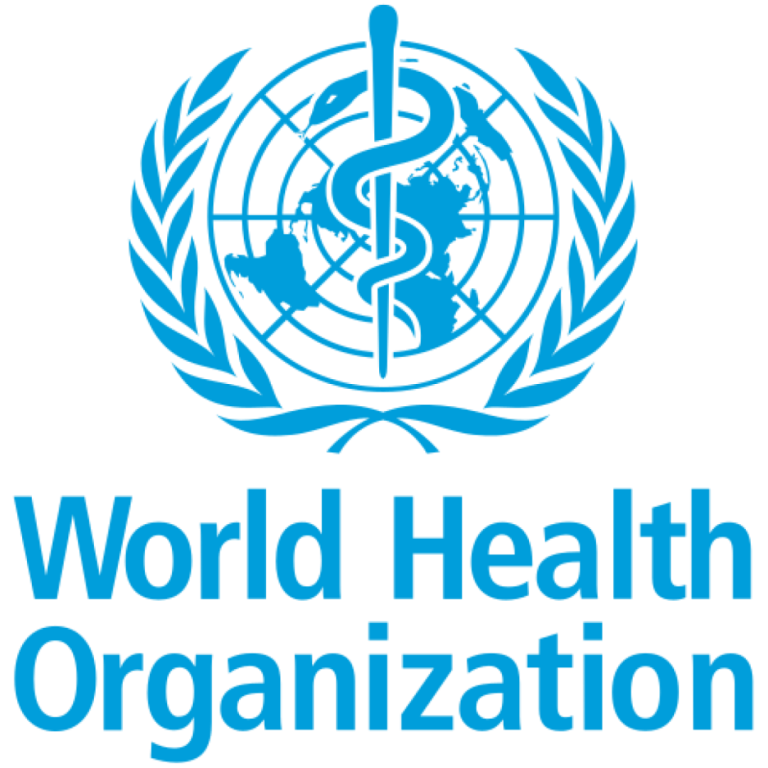
On May 15, 2025, the World Health Organization (WHO) announced it has published its World health statistics report…

On May 9, 2025, Teal Health® announced the Food and Drug Administration’s (FDA) approval of the Teal Wand™,…

On May 7, 2025, researchers at the University College London (UCL) and King’s College London announced that an…

On May 5, 2025, The European Union (EU) and France announced half a billion euros worth of incentives…

On May 1, 2025, the staff members at the U.S. National Science Foundation (NSF) were told to “stop…
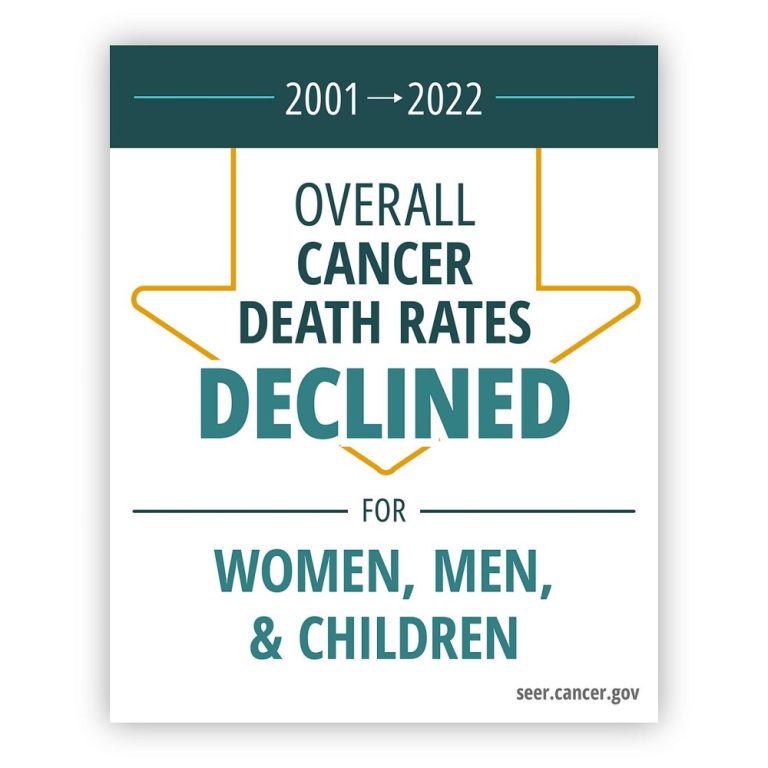
On Apr. 21, 2025, the National Institutes of Health (NIH) reported that overall death rates from cancer declined steadily among…
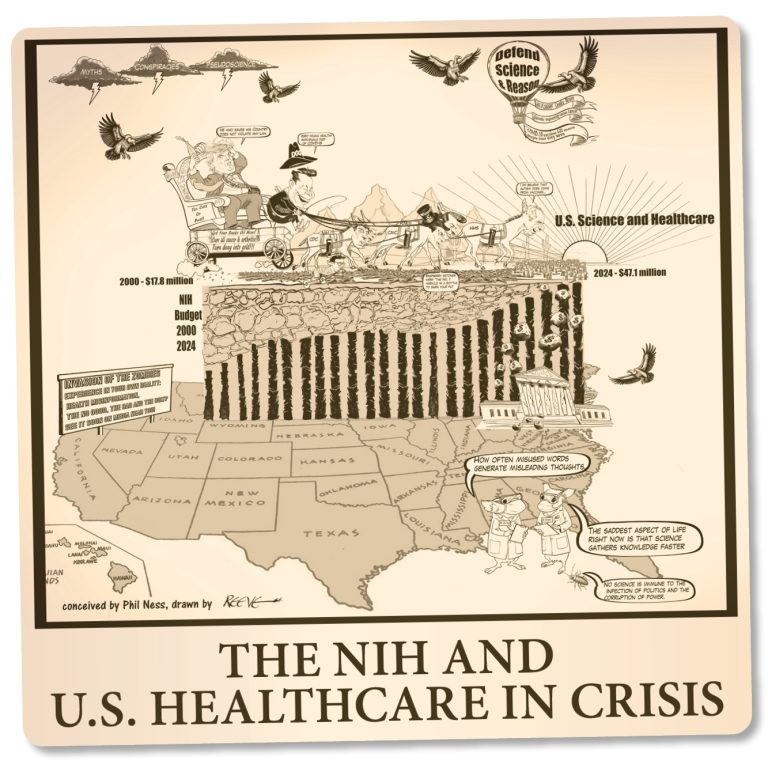
On Apr. 21, 2025, LifeScienceHistory.com published the cartoon: “The National Institutes of Health (NIH) and U.S. Healthcare in…
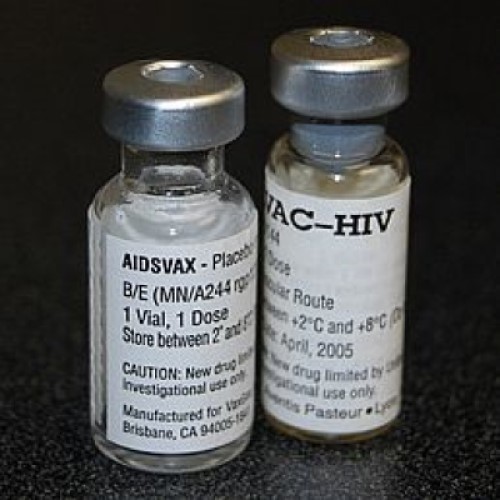
On Apr. 17, 2025, a study was published that shows the United States spent roughly US$12 billion on…
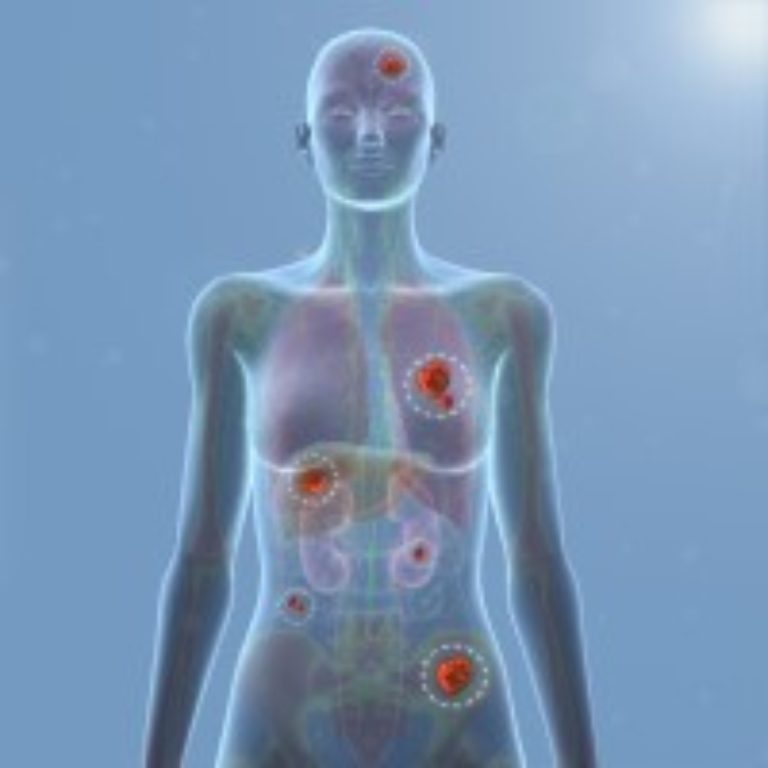
On Apr. 11, 2025, the UK National Institute for Health and Care Excellence (NICE) recommended capivasertib (also called…

On Apr. 1, 2025, layoff notices began arriving for thousands of employees of the sprawling U.S. Department of…

On Mar. 28, 2025, Visby Medical™ announced that the U.S. Food and Drug Administration (FDA) has granted De…

On Mar. 27, 2025, the Environmental Protection Agency (EPA) released data that shows an additional 15 million Americans…

On Mar. 27, 2025, a Nature survey of more than 1,200 scientists, three-quarters of the total respondents are…

On Mar. 26, 2025, research from the University of Minnesota College of Pharmacy, published in Communications Medicine, laid…

On Mar. 25, 2025, GSK announced that the US Food and Drug Administration (FDA) has approved Blujepa (gepotidacin)…

On Mar. 3, 2025, the Institute for Health Metrics and Evaluation reported that without urgent policy reform and…

On Feb. 27, 2025, a new government report adds to evidence that the HPV vaccine, once called dangerous…

On Feb. 24, 2025, breast cancer is the most common cancer in women worldwide, but survival chances vary…

On Feb. 20, 2025, researchers from the University of Washington and Seattle Children’s Research Institute announced findings from…